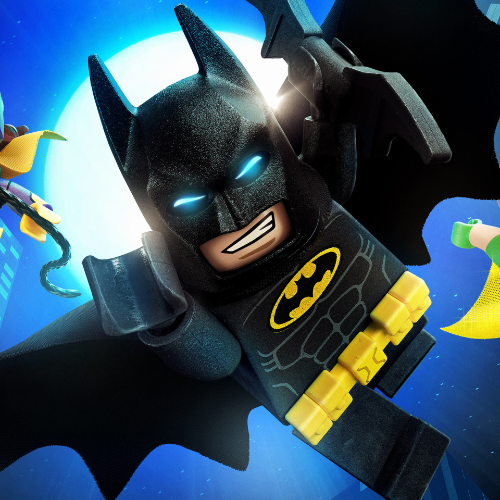

Yes it is an Arch base. Not sure on the apparmor stuff and snap is basically banned from the Arch repos so it’s relegated to the AUR which makes it a pain.


Yes it is an Arch base. Not sure on the apparmor stuff and snap is basically banned from the Arch repos so it’s relegated to the AUR which makes it a pain.


Same steps, different base, no customisation, upgrades on day 1 of release. Probably a few more things. I also ❤️ Kinoite so nothing against them.


It’s just Arch with Plasma then…


Yeah that’s certainly annoying but still relying on SDDM to solve this. There is a movement to see if we can import SDDM into the KDE umbrella but it’s a bit stalled at the moment.


I’m a bit the same but I tried the switching between versions and it’s amazing.


Subvolumes.


The existing distro Neon has issues generally because of their choice to use Ubuntu LTS as a base. This is because KDE Plasma needs newer libraries usually than Ubuntu LTS can provide so they add newer libraries in their repository which often breaks existing apps in the Ubuntu repository. Having to patch and bring newer libraries all the time takes its toll. Basing it on Arch means they’ll almost always have the latest libraries ready to go.


It’s already in use on a dozen or more physical devices as a usable OS…


First you need to explain what you want by lightweight. RAM, Disk, GPU, Pre installed packages? Features?


Readme needs updating. Still references GNOME stuff.


A subscription for OS updates? That won’t for with most users.


Use dd


8


Yeah, looks to be an instance specific bug I guess. Hopefully it can get addressed soon. I think the thumbnail helps with drawing people’s attention to posts.


Works for me.


deleted by creator


Ah I see it’s just Lemmy failing to get the thumbnail that I was trying to fix. I guess it’s just something in Lemmy’s code.


OS: Linux 0


The new crash reporting doesn’t require an account. It’s all sent to KDE’s Sentry instance.
No they’re resourced quite fine, trying to mash old with new is never going to smooth.
And that’s why they have each release as it’s own btrfs subvolume, if it breaks, you roll back, done. There will be 3 (maybe 4) variants and users will be encouraged to run the “stable” variant which is managed as a snapshot in time deployment where KDE Linux and KDE devs together agree that the system is stable and has 0 critical/showstopper bugs.